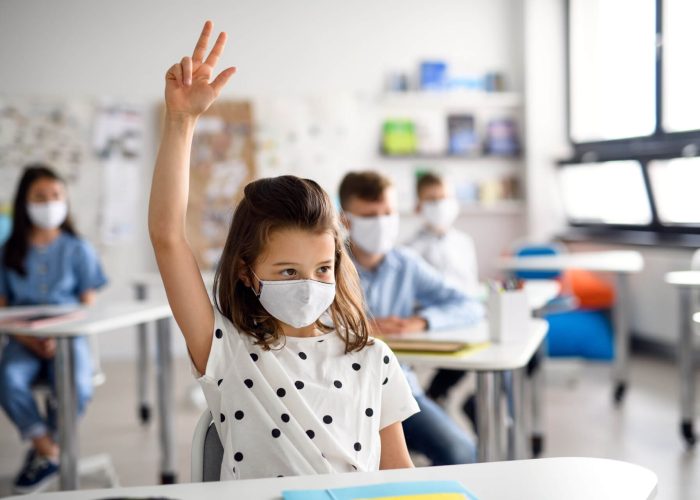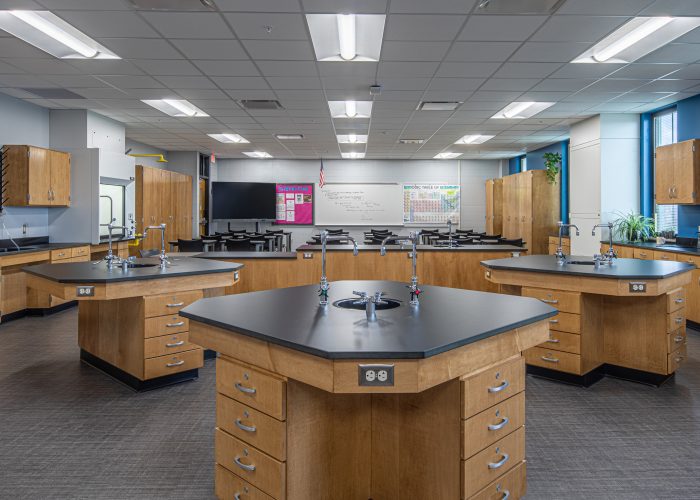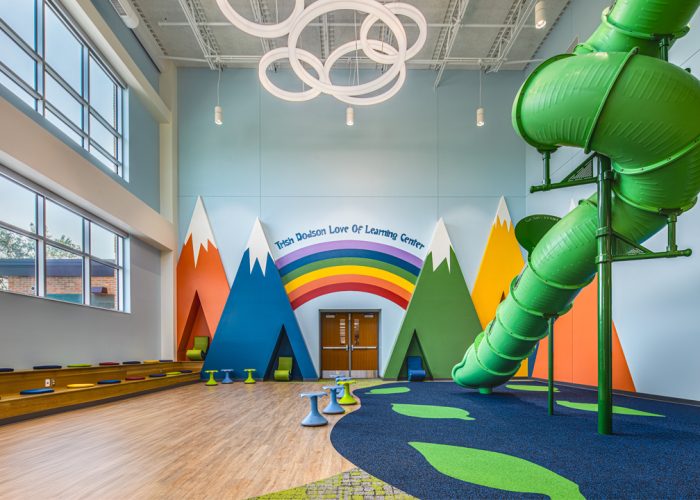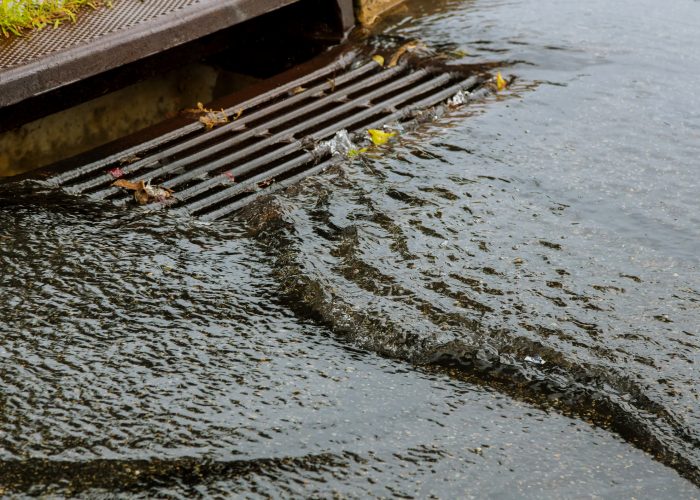
With continued COVID-19 concerns and the changing environment, we know that schools are adapting HVAC system operations to protect the health and safety of their employees, staff, and students. The following is meant to provide helpful information to school district facility managers, administrators, and maintenance technicians to assist them in their efforts in maintaining an optimal learning environment.
Best Practices for Healthy Buildings
Inspection and Maintenance
- Confirm that all scheduled maintenance has been performed.
- Verify that all HVAC equipment and control systems are completely operational and functioning properly. Don’t overlook exhaust fans. It is critical that all exhaust fans are working properly in order for the school’s ventilation systems to be effective.
- Consider eliminating the use of portable box fans that may recirculate infectious aerosols within the space.
Building Automation Systems
- Check for alarms, overridden points, or locked points.
- Return the building to normal operating schedules.
- Consider adding 100% outdoor air building flush for 2 hours after occupancy.
- Verify the accuracy and calibration of key sensors, such as temperature, relative humidity, building pressure, etc.
HVAC Operations Recommendations
There is a broad variation of complexity, flexibility, age, and condition of HVAC systems in educational facilities. Consequently, any enhancements or modifications to equipment, systems, or operations must be thoroughly analyzed by a qualified individual to ensure that they do not adversely affect the building environment. We recognize every school district is different. It may not be practical to implement some or all the recommendations, so it is incumbent upon school officials to utilize an integrated approach (considering cost, benefit, energy usage impact, maintenance, etc.) when evaluating each recommendation.
 Ventilation Recommendation
Ventilation Recommendation
Action 1: Disable Demand Control Ventilation
Action 2: Increase outdoor air ventilation rates as much as possible to maximize dilution of the return air stream
Investigate existing equipment functionality and capacities to identify the maximum amounts allowable to ensure temperature, humidity, and building pressurization problems do not develop.
![]() Filtration Recommendation
Filtration Recommendation
Action 1: Change filters and clean coils, drain pans, and the interior of air handling units according to manufacturer’s instructions
Utilize proper PPE.
Action 2: Install filters with increased efficiencies and enhanced particle filtration capability to the greatest extent possible, considering the limitation of the existing air handling equipment
Investigate the capability of the existing air handling equipment to accept deeper filters along with the fan capacities to accommodate the increased static pressures.
Action 3: Install portable, free-standing high-efficiency particulate air (HEPA) filters with integral fans (portable room air cleaners) in high-risk areas
Action 4: Seal edges of filter racks
Consult the filter rack manufacturer’s recommendations for acceptable materials and methods to employ.
 Temperature Recommendation
Temperature Recommendation
Action 1: Maintain standard comfort conditions during occupied periods and standard setback/setup unoccupied space temperatures
 Humidity Recommendation
Humidity Recommendation
Action 1: Maintain space relative humidity (RH) between 40% to 60%. Scientific literature generally reflects the most unfavorable survival for microorganisms when the RH is between 40% to 60%
Consider the addition of humidification equipment only when reviewed by a design professional to verify minimum RH setpoints will not adversely impact building or occupants by contributing to condensation and possible biological growth.
 Controls Recommendation
Controls Recommendation
Action 1: Keep systems running longer hours to enhance the effects of increased ventilation and filtration
Investigation is required to ensure that this measure will not cause relative humidity problems.
Need help with your indoor air quality and not sure where to start?
Contact us for an onsite, no-obligation assessment. With over 20 years of experience creating optimal environments, we have the expertise to propose customized solutions for improving your HVAC systems. We provide turnkey design, installation, and verification services to ensure your operational goals are met.
If you are a current client of Performance Services, please log in to the Customer Portal to report any issues or concerns.
Information and recommendations regarding COVID-19 are continually evolving, as are the science, technology, and procedures for combating the virus. Performance Services will take reasonable efforts to make recommendations consistent with accepted industry, scientific and/or governmental standards in place at the time of such recommendations. However, Performance Services disclaims any and all liability with respect to COVID-19, including, but not limited to, damages, costs and/or expenses related to any exposure to, contraction and/or spread of the virus.



